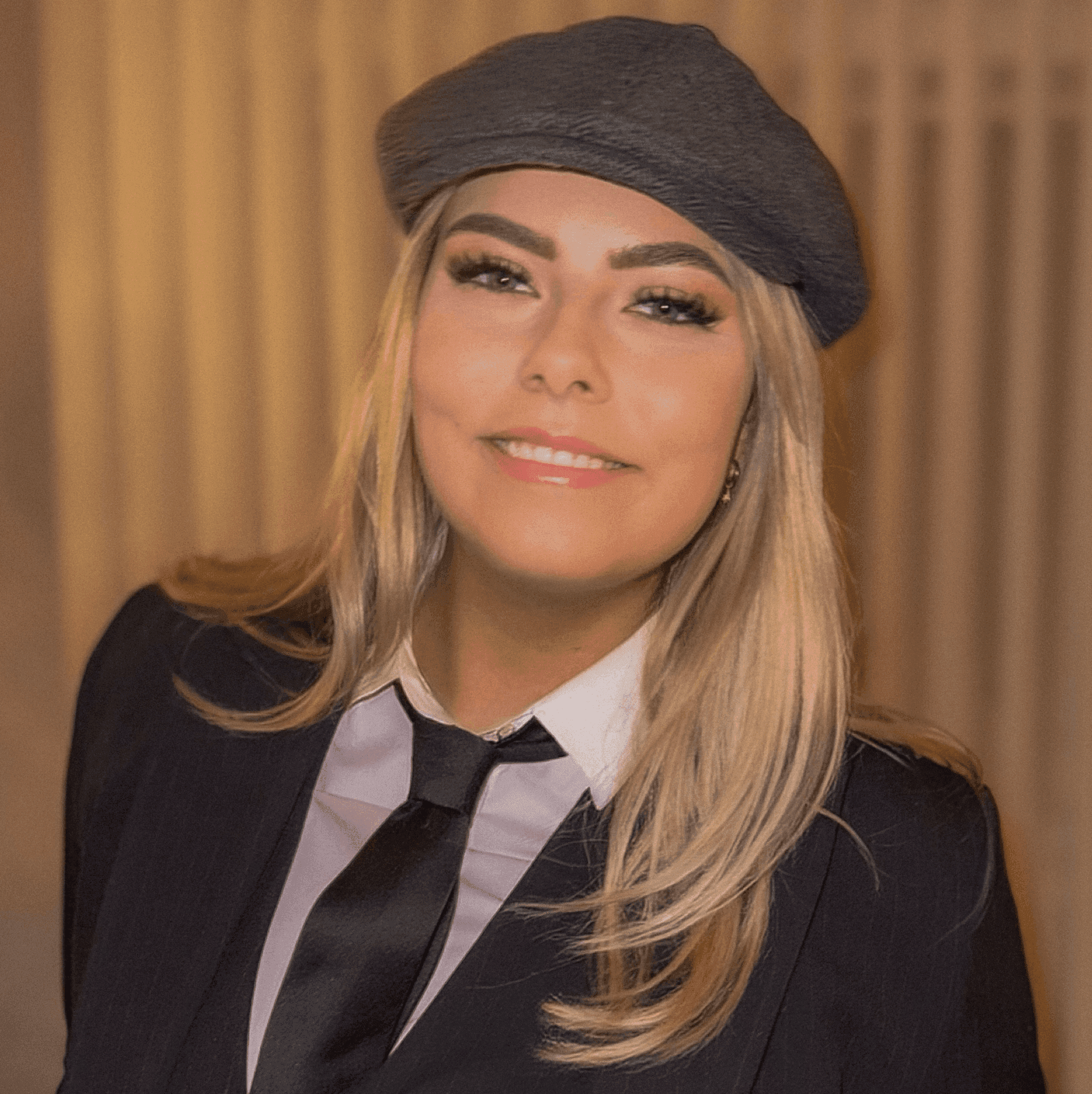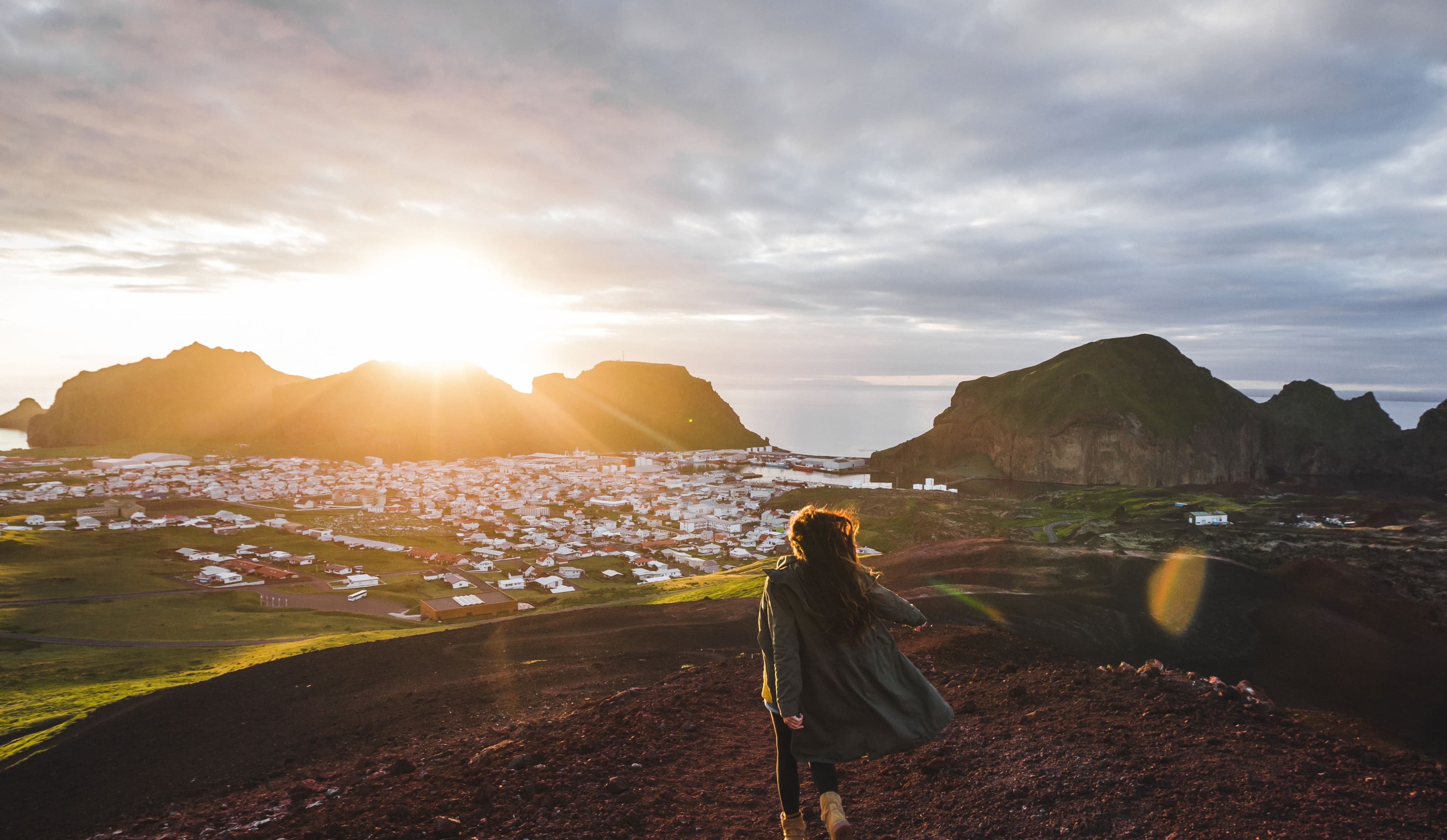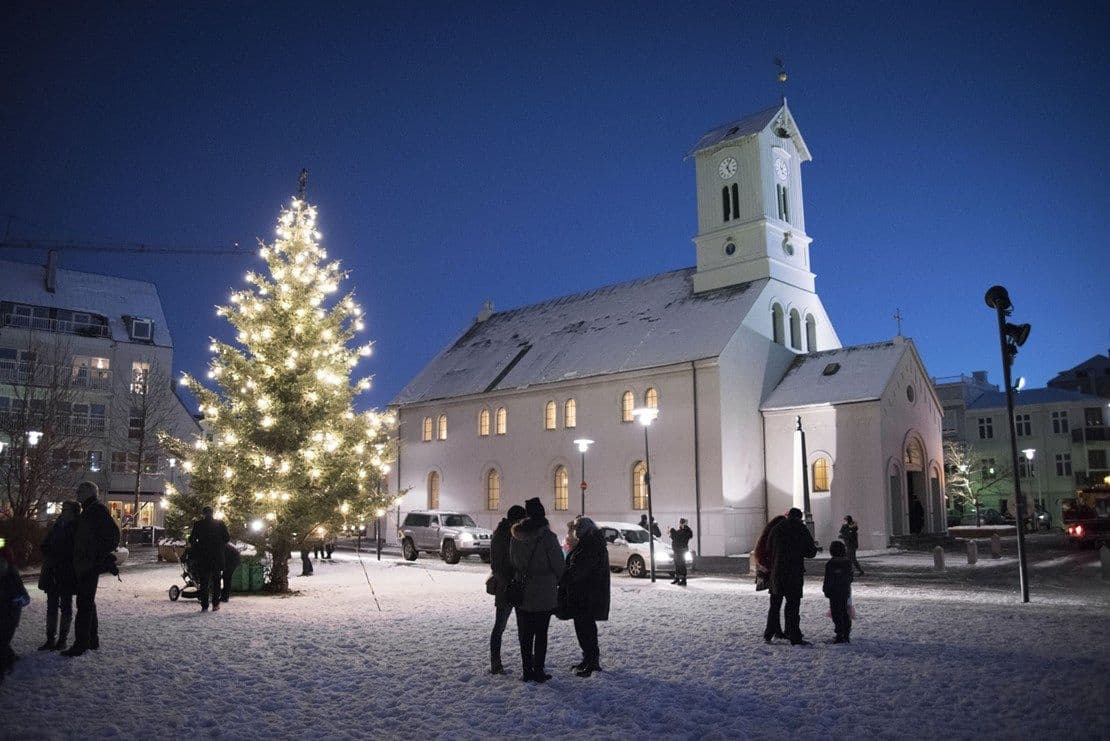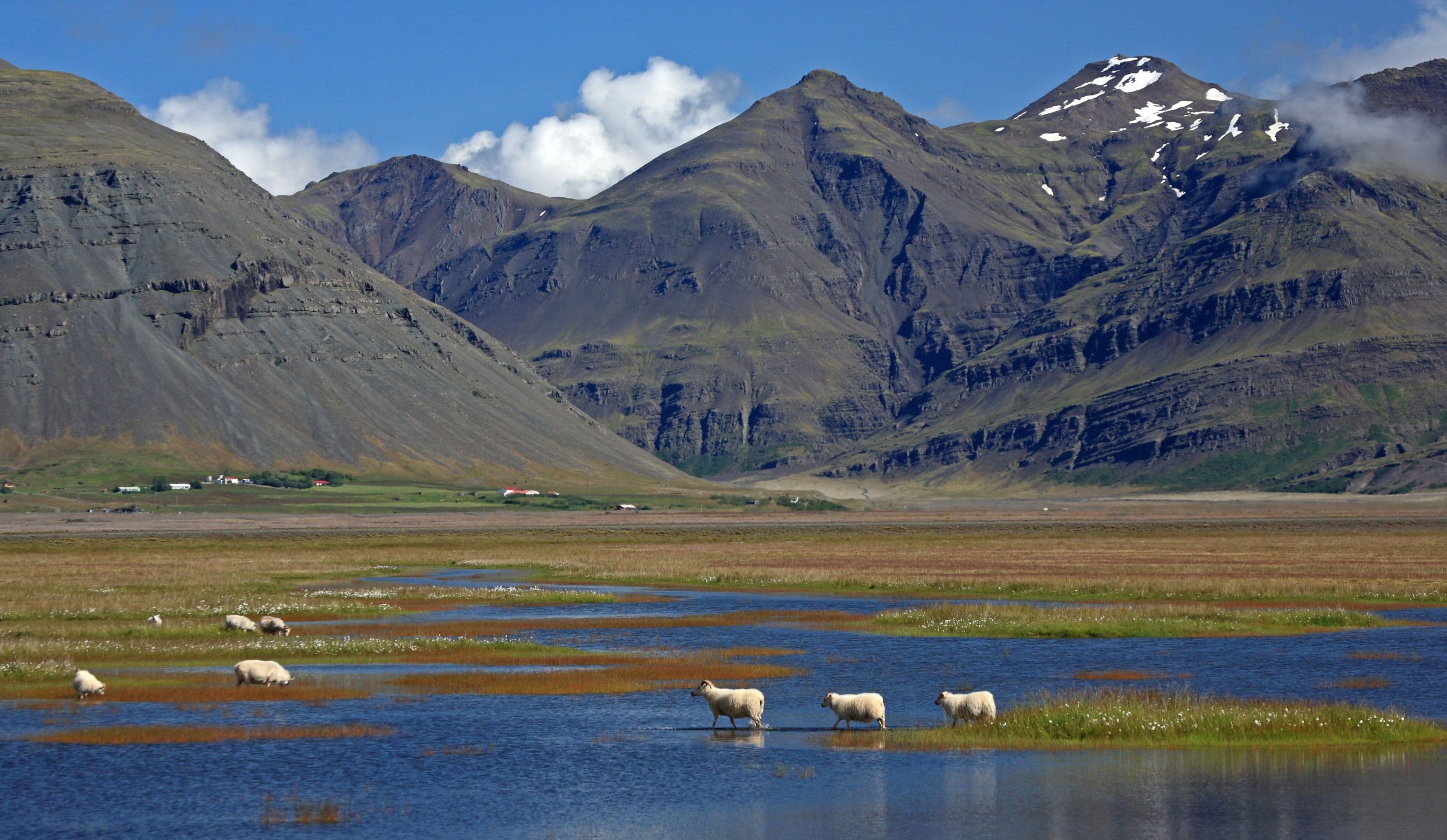
Activities
Réttir: Iceland's Annual Sheep Roundup – A Celebration of Tradition and Community
Among the many Icelandic traditions, Réttir —the annual sheep roundup—stands out as one of the most significant and beloved events in the Icelandic countryside. It's an age-old practice that brings together farmers, families, and even curious visitors, as they trek across Iceland’s rugged mountains to gather sheep that have spent the summer roaming freely across the highlands and valleys.
But Réttir is not just about rounding up sheep. It's a celebration of community, heritage, and the close relationship between Icelanders and their livestock, particularly the hardy and independent Icelandic sheep. We will take you through the ins and outs of Réttir, the history behind it, the role of sheep in Icelandic culture, and how visitors can immerse themselves in this unique experience.

The Role of Sheep in Icelandic History
Before we dive into the excitement of Réttir, it's important to understand why sheep are so significant to Icelandic culture. Icelandic sheep are not just animals; they are deeply woven into the fabric of the country’s history and survival.
When the Vikings first settled in Iceland around the 9th and 10th centuries, they brought with them sheep, cattle, and other livestock essential for their survival in this remote and harsh environment. However, the Icelandic sheep quickly became more than just a source of meat and wool. Their importance grew as they adapted to the extreme conditions of Iceland’s winters and played a central role in the survival of the settlers.
For centuries, Iceland’s isolation meant that sheep were one of the few reliable sources of food, warmth, and clothing. The wool from Icelandic sheep, in particular, became an invaluable resource. Icelandic wool, known for being both lightweight and incredibly warm, has helped create the famous lopapeysa sweaters—an iconic symbol of Icelandic craftsmanship and culture.
Sheep farming, therefore, became the backbone of Iceland’s rural economy. Every part of the sheep was used: the meat provided sustenance during the long winters, the wool was spun into warm clothing, and even the heads of sheep were consumed as part of traditional dishes like svið, a delicacy where the head is singed and eaten, including the eyes.
Over the centuries, sheep farming evolved into more than just a practical necessity—it became a cultural tradition. The annual practice of rounding up the sheep, or Réttir, is a key part of that tradition, ensuring that Icelandic farmers continue to maintain a deep connection with their land, their livestock, and their community.

The Importance of Réttir
Réttir is more than just a practical task for farmers to gather their livestock; it’s a celebration that signifies the changing of seasons, the gathering of family and friends, and the maintenance of a vital tradition that has been passed down through generations. This event takes place across Iceland every September and serves as the culmination of months of work by farmers to care for their sheep.
Iceland has a population of around 330,000 people, but during the summer, an estimated 500,000 sheep are left to roam freely throughout the countryside, grazing on the rich vegetation that covers Iceland’s valleys and mountains. These sheep enjoy their independence during the long summer days, basking in the nearly 24 hours of sunlight that Iceland experiences. They graze on a diverse diet of lichen, moss, grass, and other natural plants that make Iceland’s landscapes so lush.
By the end of summer, however, it’s time to bring the sheep back down from the highlands before the harsh winter sets in. The purpose of Réttir is to round up the sheep and sort them according to their ear markings, ensuring that each farmer gets their flock back safely.
But what makes Réttir so special is the sense of community that it fosters. Farmers don’t undertake this task alone. They are often joined by friends, family members, and even tourists who want to participate in this unique tradition. It’s a physically demanding job, but one filled with camaraderie, laughter, and a sense of shared purpose.
A Day in the Life of Réttir

Imagine waking up before the crack of dawn in a cozy Icelandic farmhouse, bundled in warm layers, and ready for a long day of work. Farmers and volunteers begin their day as early as 4 or 5 AM, ensuring they make the most of the limited daylight hours. After a hearty breakfast, the group—often consisting of 20 or more people—piles into rugged 4x4 vehicles or rides out on horseback, navigating the bumpy roads to reach the highlands where the sheep are scattered.
The weather in Iceland can be unpredictable, and the task of rounding up sheep isn’t always easy. It can be cold, rainy, or foggy, and the terrain is often challenging, consisting of steep hillsides, deep ravines, and uneven ground covered in grass and small bushes. Despite these obstacles, the group presses on, spreading out across the landscape to cover as much ground as possible.
Each farmer or group of volunteers is equipped with a walkie-talkie to communicate with others in the area. When sheep are spotted, the group works together to guide them back toward the collection point. Sometimes, the sheep cooperate and move along with the group, but more often than not, they require a little extra encouragement from the farmers and their trusty sheepdogs.
Sheepdogs play an essential role in Réttir, expertly herding the sheep and ensuring they don’t stray too far from the group. These dogs are trained from a young age and have an instinctive understanding of how to control and guide the flock. It’s a fascinating sight to watch as the sheepdogs sprint up and down the hills, circling around the sheep and nudging them in the right direction.
Despite the hard work and challenging conditions, there’s a sense of joy and excitement in the air. The group exchanges stories, jokes, and laughter as they trek through the countryside, enjoying the camaraderie that comes with this shared task. For many Icelanders, Réttir is a cherished tradition that brings back fond memories of childhood, when they would accompany their parents or grandparents on the annual sheep roundup.
The Leader of the Flock: Forystufé

While most of the sheep in Iceland are fairly independent, there is one breed that stands out for its intelligence and leadership qualities—the forystufé, also known as the leader-wether. This special breed of sheep is known for its ability to guide the rest of the flock through difficult terrain and harsh weather conditions.
Forystufé sheep are larger than the average Icelandic sheep, with longer legs and a more distinct appearance. They have a remarkable ability to sense changes in the weather and often take on the role of leading the flock during the roundup. In fact, there are numerous stories of forystufé sheep leading both sheep and humans through snowstorms and other dangerous weather conditions, ensuring their safety.
These sheep are highly valued by Icelandic farmers, not only for their leadership qualities but also for their intelligence and bravery. Spotting a forystufé sheep during Réttir is a rare and exciting moment, as they are easily recognizable by their distinct appearance and behavior.
The Sorting Process: Almenningur and Dilkar

Once the sheep have been successfully rounded up, they are brought to a central collection point known as the sheepcote. Sheepcotes are circular enclosures made up of several triangular stalls called dilkar. At the center of the sheepcote is a shared area known as almenningur, where the sheep are initially gathered before being sorted into their respective stalls based on their ear markings.
Each sheep in Iceland has a unique ear marking that identifies which farm it belongs to. The sorting process is a crucial part of Réttir, as it ensures that each farmer is reunited with their sheep. Farmers, volunteers, and even visitors participate in this process, carefully examining the ear markings and guiding the sheep into the correct stall.
While the sorting process can be physically demanding, it is also filled with a sense of accomplishment and satisfaction. Farmers are reunited with their sheep, many of which have grown significantly over the summer, and there is a sense of pride in seeing the results of their hard work.
Celebration and Festivity

Réttir is not just about rounding up and sorting sheep; it’s also a time for celebration. Once the hard work is done, farmers and volunteers gather together for a feast, often accompanied by traditional Icelandic music, dancing, and plenty of food and drink.
In many parts of Iceland, it is customary to offer visitors and volunteers a shot of Brennivín, a traditional Icelandic schnapps known as "the Black Death." This strong drink is often served as a gesture of friendship and camaraderie, warming up the group after a long day spent in the chilly autumn weather.
The evening often concludes with a traditional kvöldkaffi or evening coffee break, where participants gather around a table laden with cakes, pancakes, and other homemade treats. It’s a time to relax, share stories from the day, and enjoy the company of friends and family.
For many Icelanders, Réttir is one of the highlights of the year. It’s a time to reconnect with the land, the animals, and the people who make up the farming community. It’s also a reminder of the close relationship that Icelanders have with nature and the importance of maintaining traditional practices in a rapidly modernizing world.
A Visitor's Guide to Réttir

For travelers looking to experience an authentic slice of Icelandic life, Réttir offers a rare and immersive opportunity to witness a centuries-old tradition in action. While Iceland is famous for its dramatic natural wonders, participating in or observing Réttir provides a deeper understanding of the country's culture and its people.
Many farms across Iceland welcome visitors during Réttir, and some even encourage travelers to join in the roundup. Whether you're a seasoned hiker or simply curious about Icelandic farming life, there’s a place for you in the celebration. Here’s everything you need to know if you plan on attending Réttir:
When and Where to Experience Réttir

Réttir takes place every September, but the exact dates vary depending on the region. Generally, the event spans over several weekends throughout the month, with each area organizing its own roundup. Farms in different parts of the country may follow slightly different traditions, but the core elements of rounding up and sorting the sheep remain the same.
The best way to find out where and when Réttir will take place is to ask locals or check with tourism boards. Many farms, especially those in popular tourist areas like the Golden Circle or the South Coast, advertise their roundups to visitors. Some even offer accommodation, allowing travelers to fully immerse themselves in the experience.
While Réttir occurs throughout the country, each region offers a unique experience. For example, the Westfjords are known for their dramatic landscapes and remote farms, where the roundup is often done on horseback due to the challenging terrain. In contrast, North Iceland offers a more accessible experience, with farms located closer to towns like Akureyri. No matter where you choose to go, you're bound to be surrounded by stunning scenery and warm hospitality.
How to Participate in Réttir

If you're interested in joining the roundup, some farms will welcome you with open arms, as long as you're prepared for a full day of physical activity. Réttir is not for the faint of heart—it involves long hours of hiking over rugged terrain, sometimes in less-than-ideal weather conditions. But for those who love the outdoors and want to experience Iceland’s natural beauty in a completely unique way, it’s a rewarding adventure. We highly recommend contacting a farm first to see if you can participate because not all farms allowed the public to help.
Here are a few tips for participating in Réttir:
- Come Prepared for the Weather: Iceland’s weather can change in an instant, and September can be particularly unpredictable. Pack plenty of warm layers, waterproof clothing, sturdy hiking boots, and gloves. A hat and scarf are also recommended, especially if you’ll be spending the day outside in the wind or rain.
- Expect a Long Day: The roundup usually starts early in the morning and can last until late afternoon or early evening. Be prepared to spend several hours on your feet, walking through hills, valleys, and sometimes muddy fields. Don’t forget to bring water and snacks to keep your energy up!
- Follow the Farmers’ Lead: While it’s an exciting experience, Réttir is ultimately a working day for the farmers, so it’s important to be respectful and follow their instructions. Listen carefully to any guidance they provide and be mindful of the sheep, which can be unpredictable and easily frightened.
- Enjoy the Social Aspect: One of the best parts of Réttir is the sense of community it fosters. Whether you’re helping to round up sheep or simply observing, take time to talk to the locals, learn about their way of life, and soak in the festive atmosphere. Many farms host gatherings afterward, where you can share a meal and celebrate a job well done.
- Bring Your Camera: The sight of hundreds of sheep being herded down mountainsides or through valleys is a visual spectacle that shouldn’t be missed. The beautiful autumn colors of Iceland’s landscape make for stunning photographs, so don’t forget to capture the magic of the day.
What to Expect as an Observer

Not everyone has to participate in the roundup to enjoy Réttir. For many visitors, simply watching the event unfold is enough to experience the excitement and tradition of this Icelandic ritual. You’ll witness the farmers on horseback or on foot, expertly guiding the sheep down from the highlands, while the sheepdogs dart back and forth, ensuring no sheep is left behind.
Observers often gather at the sheepcotes—the central pens where the sheep are sorted—where the energy and excitement of the day are palpable. You can watch the sheep being sorted into their respective stalls, learn about the different ear markings, and even lend a hand if you feel up to it. Many locals will happily explain the process, making it an educational experience for those unfamiliar with farming life.
At the sheepcote, you’ll also experience the social side of Réttir. Farmers and their families gather to share food, drink, and stories, and visitors are often invited to join in. It’s a great opportunity to meet locals, ask questions, and learn more about Icelandic traditions.
In some locations, the event is accompanied by live music, dancing, and other festivities, adding to the celebratory atmosphere. Whether you’re participating or just watching, Réttir is as much about connection and community as it is about the sheep.
Other Activities Around Réttir

If you’re planning to attend Réttir, you might also want to explore other activities in the area to make the most of your time in Iceland. September is a beautiful time to visit, as the autumn colors start to take over the landscape, creating a stunning backdrop for outdoor adventures.
Here are a few suggestions for activities to pair with your Réttir experience:
- Hiking: Iceland is a hiker’s paradise, and September is a great time to explore the country’s many trails. From the dramatic landscapes of Þórsmörk in the South to the stunning fjords of the West, there are countless opportunities to experience Iceland’s wilderness on foot.
- Hot Springs: After a long day of sheep rounding, nothing beats a relaxing soak in one of Iceland’s natural hot springs. Whether you visit the famous Blue Lagoon near Reykjavik or find a more remote spring in the countryside, it’s the perfect way to unwind and take in Iceland’s geothermal wonders.
- Northern Lights: September marks the beginning of the Northern Lights season in Iceland. If the weather cooperates and the skies are clear, you might be lucky enough to witness the spectacular display of the aurora borealis. The lights are visible across the country, but the best spots for viewing are in remote areas away from light pollution.
- Local Food: Many farms that host Réttir also offer homemade Icelandic food, providing a delicious and authentic culinary experience. Traditional dishes like lamb stew and rjómapönnukökur (Icelandic pancakes with whipped cream) are often served, and you might even get a taste of svið or Brennivín. It’s a great way to experience Iceland’s rich food culture.
A Few Words of Caution
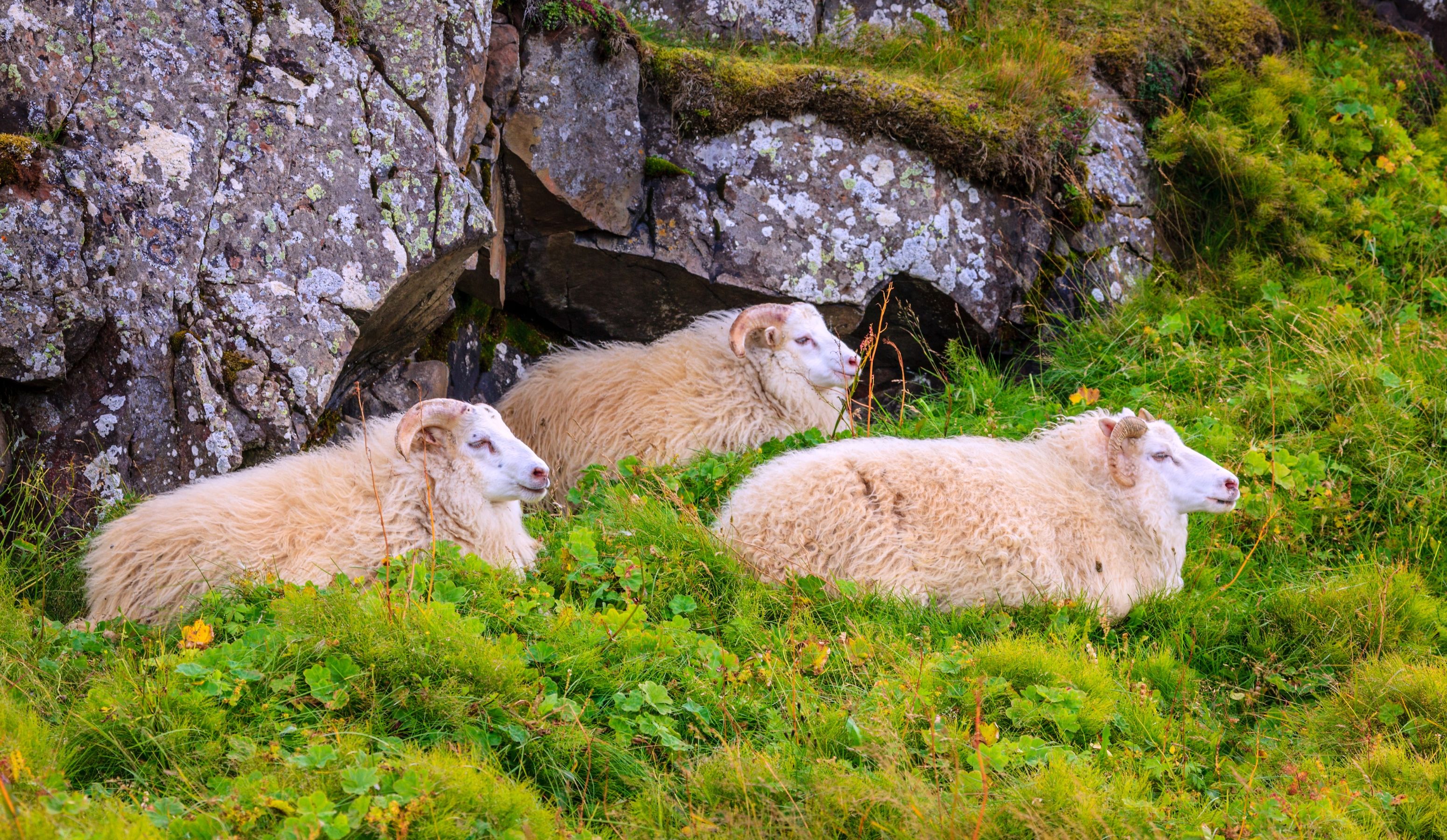
While Réttir is a joyful and exciting time, it’s important to be mindful of a few safety considerations. Iceland’s terrain can be challenging, and the weather can change rapidly, so always come prepared and follow the guidance of local farmers or guides.
If you’re driving to a Réttir location, be cautious on the roads, as sheep often wander onto highways, especially in rural areas. Icelandic drivers are accustomed to this, but visitors might be surprised by how quickly a sheep can appear in front of their car. Always slow down and keep an eye out for animals, particularly in areas where signs indicate sheep crossings.
Additionally, if you come across sheep while hiking or exploring the countryside, it’s important to give them plenty of space. Sheep can be easily startled, and it’s best not to approach them too closely. Always be respectful of the animals and their natural environment.
Réttir and Sustainable Tourism

As Iceland continues to grow in popularity as a tourist destination, there’s an increasing focus on sustainable tourism practices. Réttir, with its emphasis on tradition and connection to the land, is a prime example of how visitors can experience Iceland in a way that is respectful and sustainable.
By participating in or observing Réttir, travelers can support local farmers and communities while gaining a deeper appreciation for Icelandic culture. It’s an opportunity to experience the country beyond its famous waterfalls and glaciers, connecting with the people who have lived and worked on this land for generations.
Iceland’s agricultural heritage is a vital part of its identity, and events like Réttir help to preserve that heritage while offering visitors a unique and authentic experience. Whether you’re helping to round up sheep in the highlands or enjoying the festivities at the sheepcote, Réttir is a reminder that Iceland’s beauty lies not only in its landscapes but also in its people and their traditions.
Réttir is More Than Just a Sheep Roundup

It’s a celebration of Icelandic heritage, community, and the deep connection between people and nature. This annual event brings together farmers, families, and visitors in a shared effort to round up the country’s free-roaming sheep before the winter months. From the rugged mountains to the festive sheepcotes, Réttir is a time of hard work, joy, and tradition.
For visitors, Réttir offers a unique glimpse into the heart of Icelandic life. Whether you participate in the roundup or simply watch from the sidelines, you’ll experience the warmth, camaraderie, and cultural pride that define this special event. And as you hike through the stunning autumn landscapes, herding sheep alongside local farmers, you’ll come away with a deeper understanding of what makes Iceland so extraordinary.
So, if you find yourself in Iceland in September, don’t miss the chance to be part of Réttir. It’s an experience you won’t want to miss—an experience that will leave you with stories to share for years to come. More than just a farm event, Réttir captures the very essence of Iceland’s pastoral life and rich traditions, giving visitors a glimpse into a world shaped by centuries of resilience, resourcefulness, and respect for nature.
Icelandic Sheep and Their Unique Traits

Before closing out our deep dive into Réttir, it’s worth taking a moment to talk about the animals at the heart of it all: the Icelandic sheep themselves. Icelandic sheep are not just ordinary farm animals. Their unique characteristics make them well-suited to Iceland’s often harsh environment, and they play a crucial role in the success of Réttir.
These sheep are remarkably hardy, able to endure Iceland’s tough conditions, including its windy and snowy winters. Having adapted over the centuries, they are descended from the original Viking sheep that arrived with the Norse settlers. Their wool—thick and water-resistant—keeps them warm during the freezing temperatures, while their foraging skills allow them to thrive even in rocky or less fertile terrain.
One of the most endearing traits of Icelandic sheep is their independence. Unlike other types of sheep that tend to move as a herd, Icelandic sheep are known for being more solitary and stubborn. This makes Réttir all the more challenging, as the farmers and their sheepdogs must work hard to track down and collect animals that are often spread out over vast areas of land. Each sheep seems to have its own mind, wandering far and wide over mountains, valleys, and even volcanic regions during the summer months.
Despite this independence, Icelandic sheep are also highly social animals, typically traveling in groups of three—usually a mother ewe and her two lambs. This familial structure is evident when observing the sheep in the wild, and it’s fascinating to see how the lambs remain close to their mothers, even as they grow large enough to be mistaken for adult sheep by the end of the summer.
Another noteworthy feature of Icelandic sheep is the diversity of their wool. Unlike many other sheep breeds, Icelandic sheep have a dual-layer coat. The inner layer, known as thel, is soft and insulating, while the outer layer, called tog, is long and water-resistant. Together, these layers create a wool that is ideal for the production of warm, durable clothing. This wool is the basis of the famous lopapeysa, the traditional Icelandic sweater, which has become a symbol of Icelandic culture around the world.
The Cultural Importance of Wool in Iceland
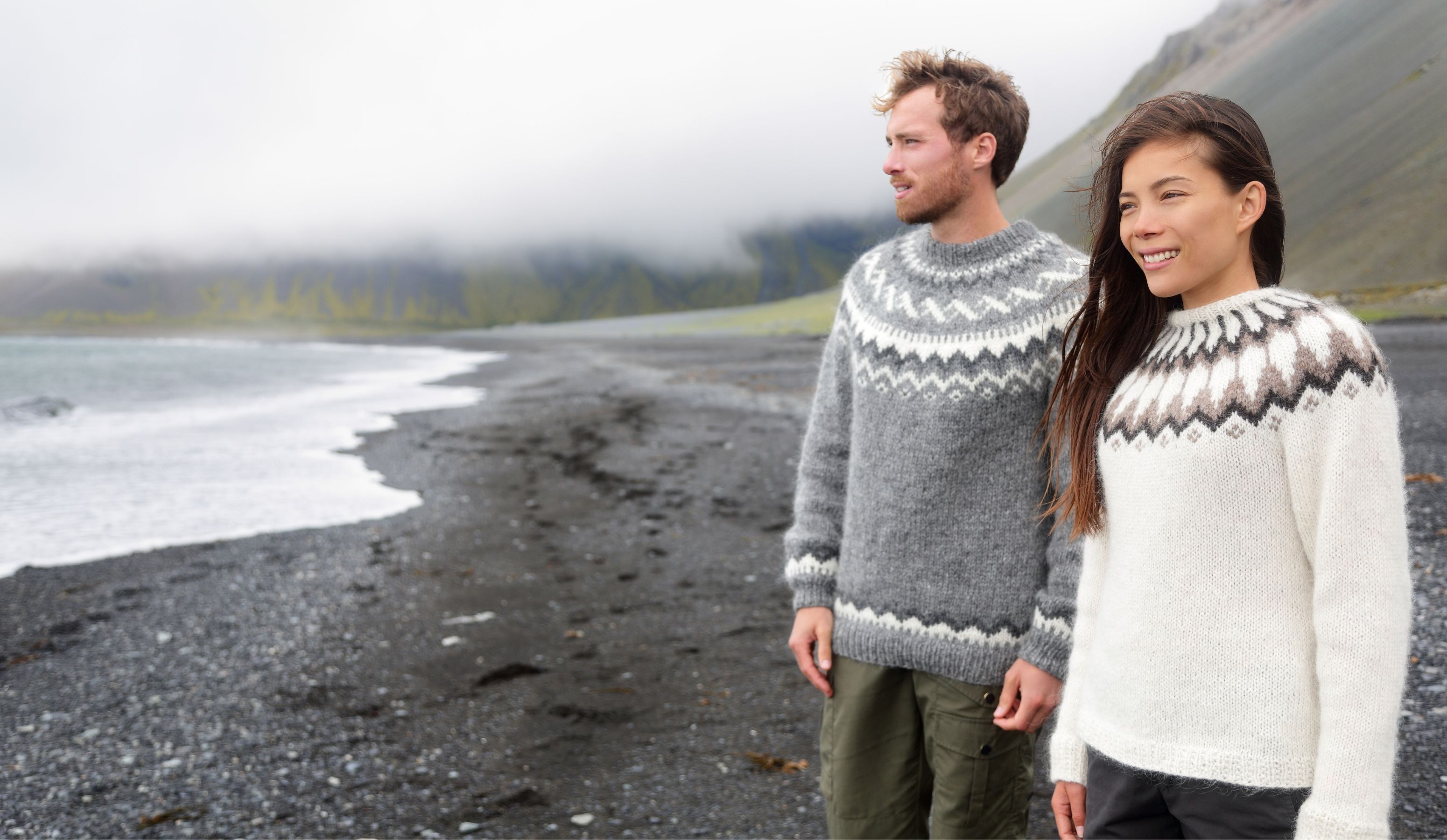
The wool from Icelandic sheep isn’t just important for making cozy sweaters—it has historically been one of the most valuable resources for the Icelandic people. In the early days of settlement, wool was a critical part of survival. Without the warm and durable clothing made from sheep’s wool, life in Iceland’s harsh climate would have been almost impossible.
Wool was used to make everything from clothing to bedding, and it became one of Iceland’s most important exports. The production of wool products, particularly the famous Icelandic lopapeysa, is still a thriving industry today. These sweaters, with their intricate yoke designs and natural color variations, have become internationally recognized and are a must-have souvenir for many visitors to Iceland.
But wool is more than just a material—it’s a link to the past. The process of shearing sheep, spinning wool, and knitting garments is a craft that has been passed down through generations of Icelanders. In many families, the tradition of knitting remains alive and well, and some farmers who participate in Réttir will also sell handmade wool products, offering visitors the chance to take home a piece of Icelandic heritage.
Lessons from Réttir: Sustainability and Connection to Nature

One of the most profound aspects of Réttir is its demonstration of the deep connection between Icelanders and the natural world. For centuries, Icelandic farmers have relied on the land, their livestock, and the rhythms of the seasons to survive. Réttir is a reminder of this connection, as it marks the transition from summer to autumn and prepares the farmers and their sheep for the long winter ahead.
In a world where many societies are increasingly disconnected from agriculture and the natural environment, Réttir serves as an important reminder of the need to live in harmony with nature. The event is a sustainable practice, ensuring that the sheep are brought down from the mountains before winter, where they can be sheltered and cared for. It also highlights the importance of responsible stewardship of the land, as farmers must manage the delicate balance of grazing areas to ensure that the environment remains healthy and productive for future generations.
For visitors, witnessing or participating in Réttir offers an opportunity to reflect on the sustainable practices that have sustained Icelandic farmers for generations. The event fosters an appreciation for the natural world and the delicate ecosystems that support both humans and animals in this remote corner of the world.
Why Réttir is More Relevant Than Ever
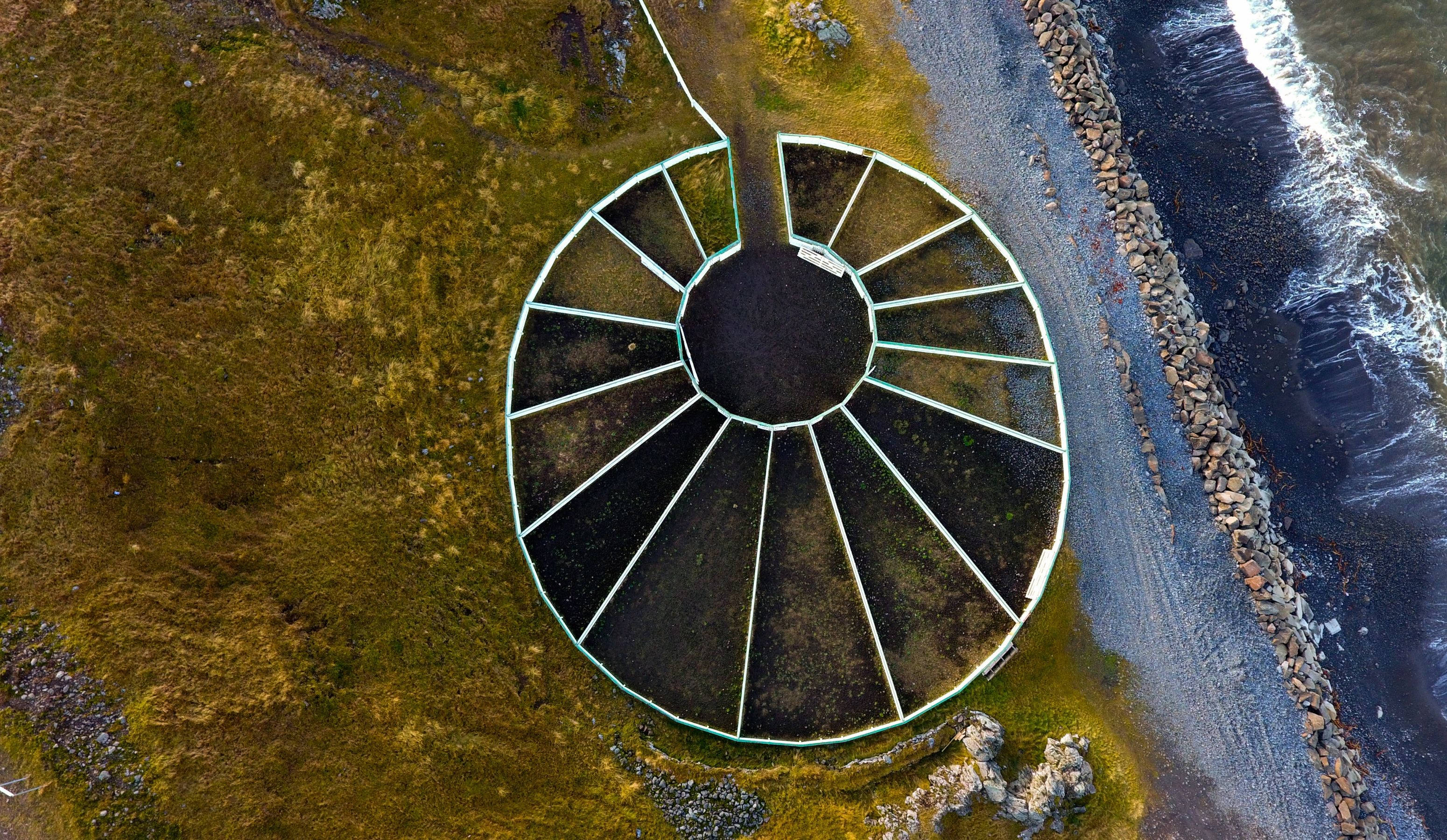
In recent years, Iceland has seen a massive increase in tourism, with people from all over the world flocking to see its dramatic landscapes, from glaciers and volcanoes to hot springs and waterfalls. While the natural beauty of the country is undeniable, there is also a growing interest in experiencing the more authentic, cultural side of Iceland—one that is tied to its people, its history, and its traditions.
Réttir offers an ideal opportunity for travelers to engage with Iceland beyond the typical tourist attractions. It’s a way to step into the daily life of rural Icelanders, to see the hard work and dedication that goes into caring for the land and livestock, and to participate in a tradition that has remained largely unchanged for centuries.
As global interest in sustainable and responsible travel grows, Réttir provides an example of how tourism can be a force for good, helping to support local communities and preserve cultural heritage. By attending Réttir, whether as an observer or an active participant, visitors can contribute to the continuation of this important tradition, while also gaining a deeper understanding of Iceland’s unique way of life.
Réttir, a Celebration of Life and Tradition

Réttir is far more than just a sheep roundup—it’s a celebration of life, community, and the enduring relationship between Icelanders and their environment. From the early morning treks through foggy hills to the joyful gatherings at the sheepcote, Réttir encapsulates the spirit of Icelandic resilience, ingenuity, and warmth.
For those lucky enough to witness or take part in Réttir, the event offers a once-in-a-lifetime experience that goes beyond sightseeing. It’s a chance to connect with locals, to understand the significance of sheep in Iceland’s history, and to be part of a tradition that has shaped the country for more than a thousand years.
Whether you’re drawn to Iceland for its stunning landscapes, its rich cultural heritage, or its vibrant community traditions, Réttir is an event that should not be missed. It’s an opportunity to engage with Iceland in a meaningful way, leaving you with a deeper appreciation for the land, its people, and the sheep that have played such an important role in Icelandic life.
So, as the summer draws to a close and autumn begins to settle over Iceland’s vast landscapes, consider making the journey to experience Réttir for yourself. Whether you find yourself herding sheep down a mountainside, sorting them in the sheepcote, or simply enjoying the festivities with a warm drink in hand, you’ll come away with memories that will last a lifetime—and perhaps, a new understanding of what it means to live in harmony with nature.
POPULAR ACTIVITIESPowered by:

We recommend booking tours and activities with our friends at Reykjavík Tourist Info. They offer all the most popular things to do, and their prices are always great. Here are a few of our favorite tours.
On their site you can see everything they have to offer: www.RTI.is
EXPLORE FURTHER

Beginner-Friendly Hiking Trails to Explore

Golfing in Iceland: 12 Breathtaking Golf Courses You Need to Play

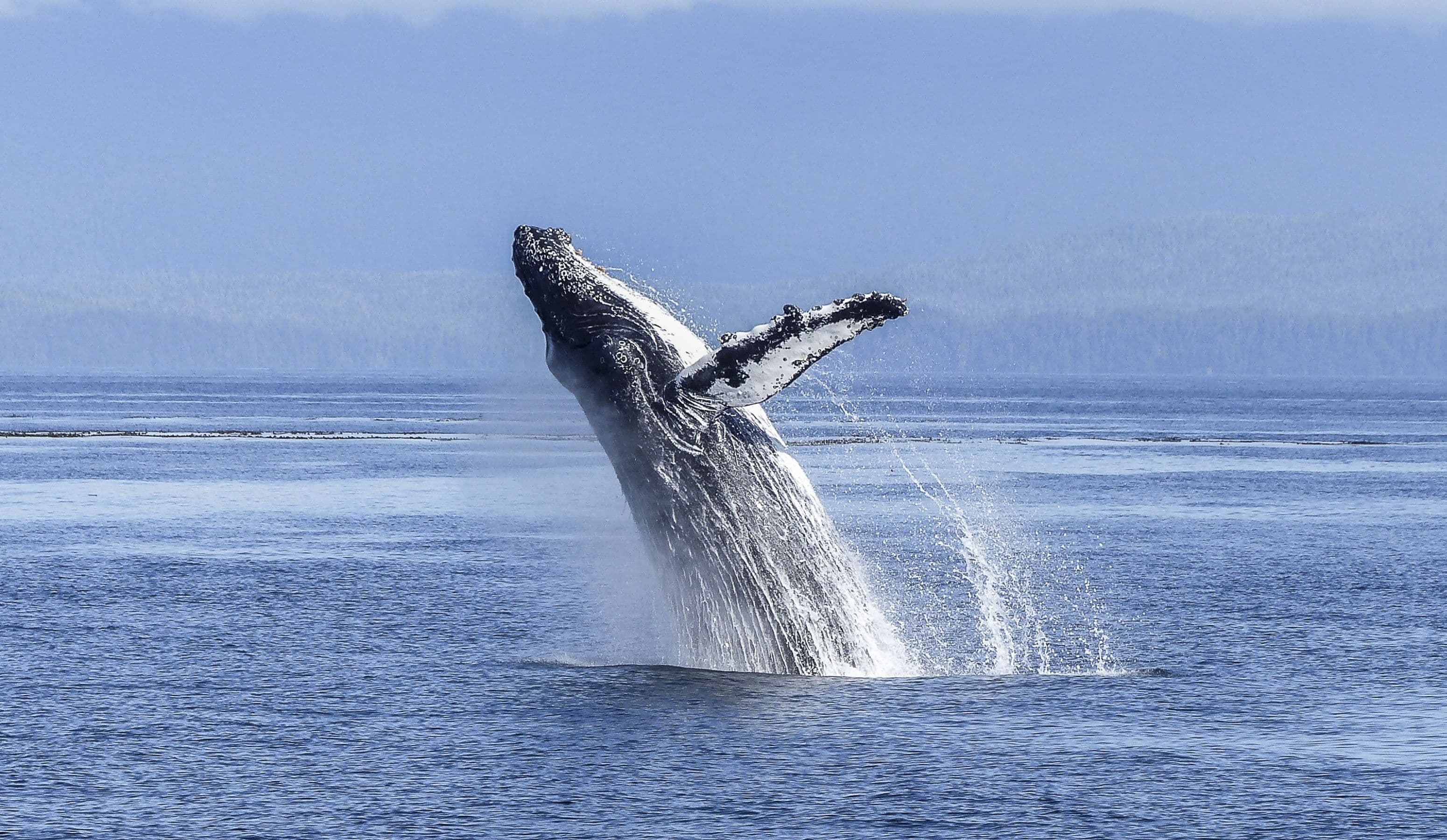
Embark on an Unforgettable Adventure: Whale Watching in Husavik

Exploring Iceland's Wildlife

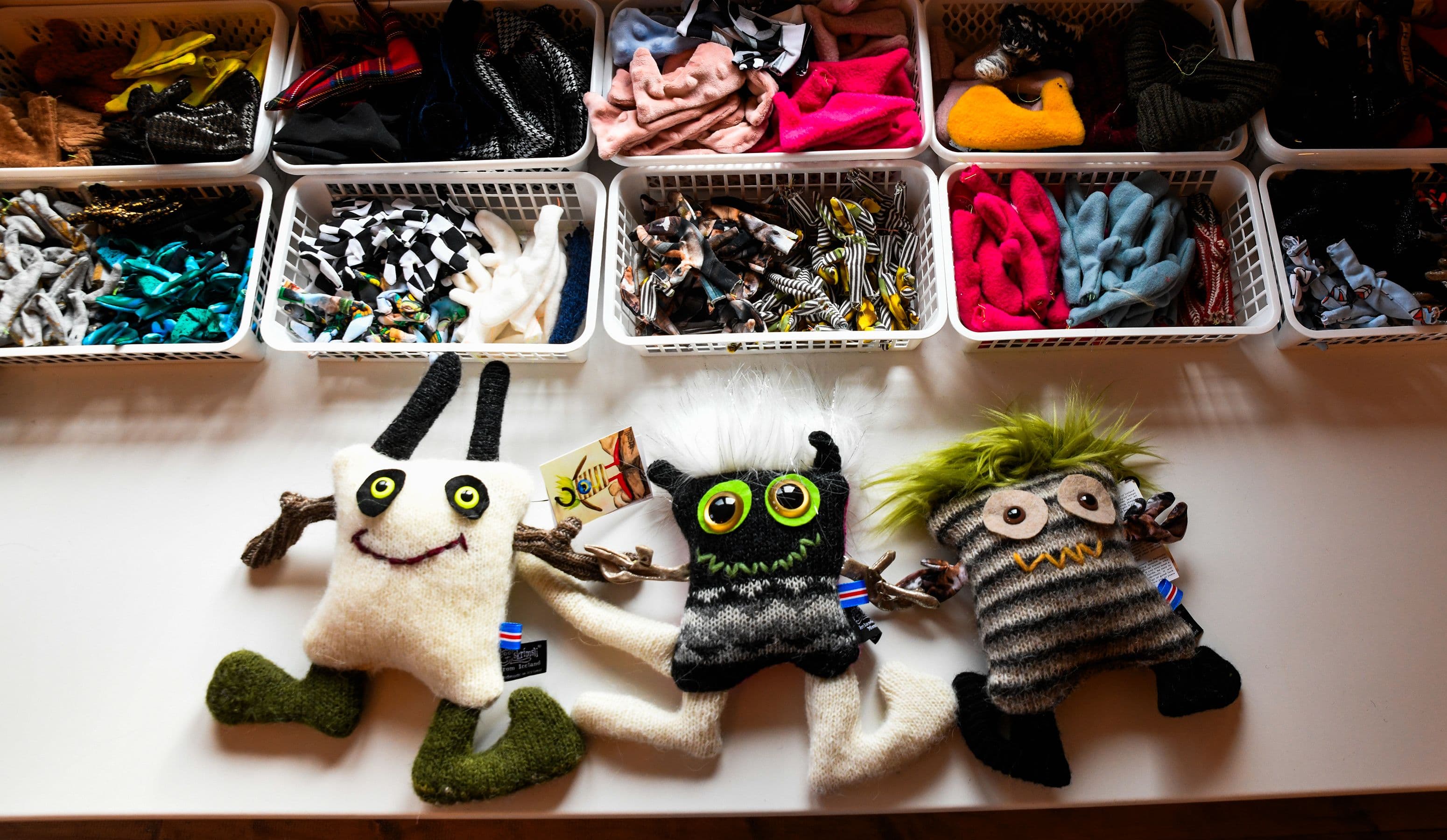
Unlock Your Inner Artist in Iceland

Northern Lights and Ice Caves: Unveiling the Wonders of Iceland in February
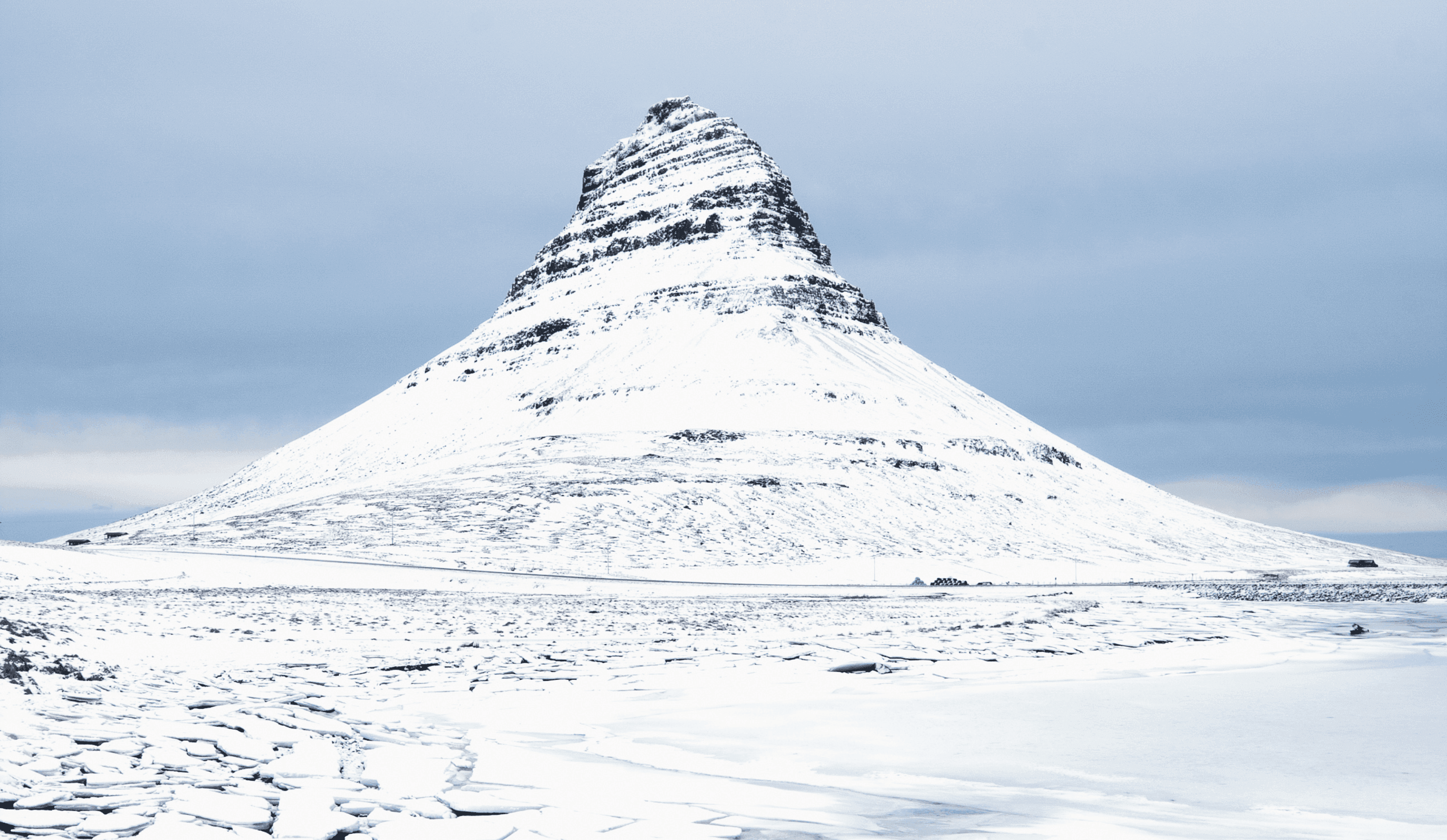
Explorig Iceland in January: Weather, Activities & The Northern Lights
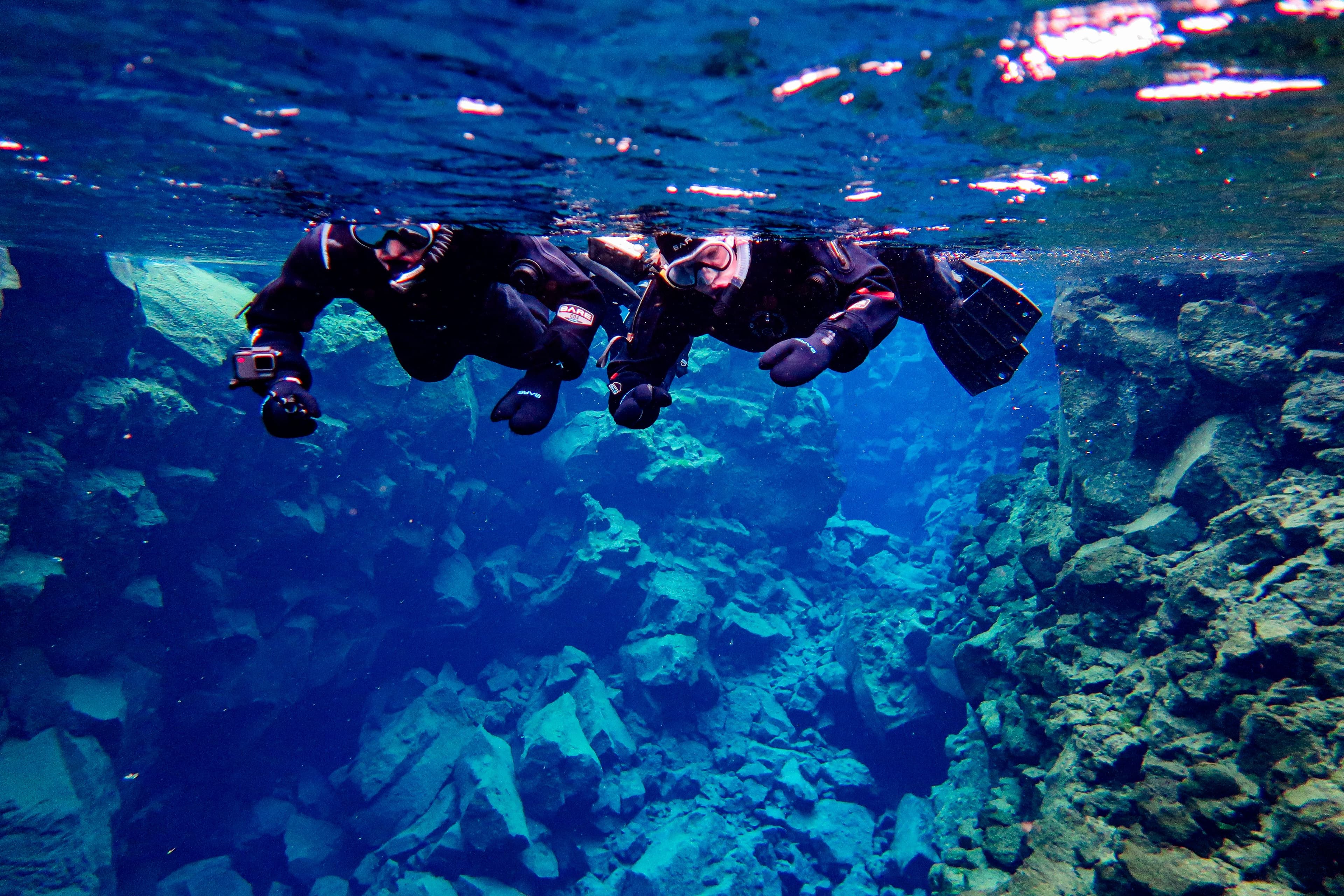
Silfra - Between the Continents: Snorkel the Clearest Water in the World
Hear from Our Customers
Welcome to Our Community - your hub for insightful reviews and authentic opinions. Join us in shaping the conversation where your voice matters!
